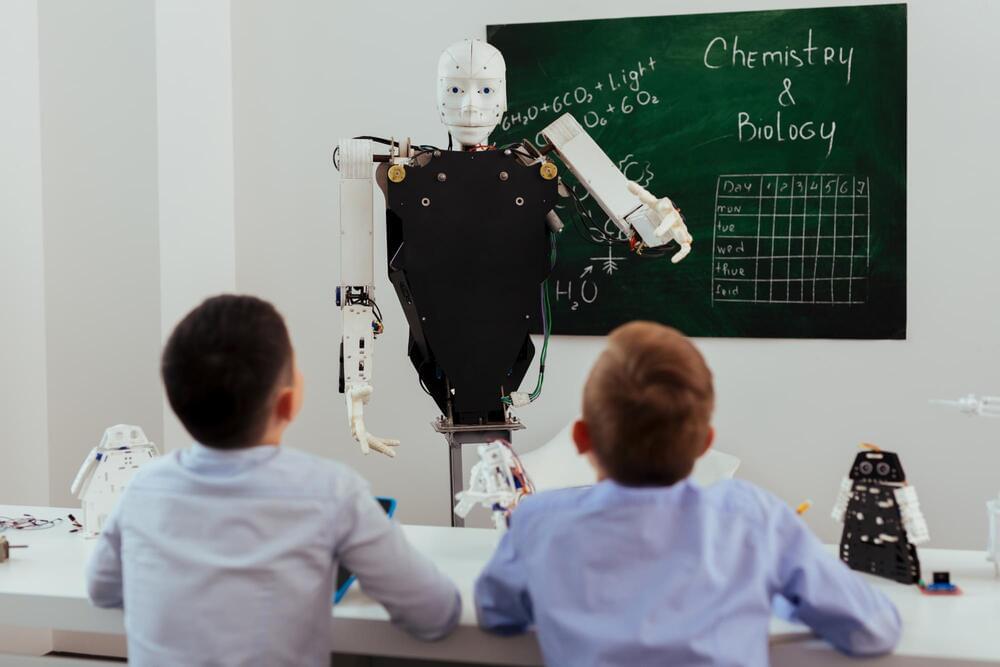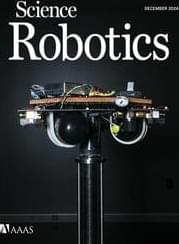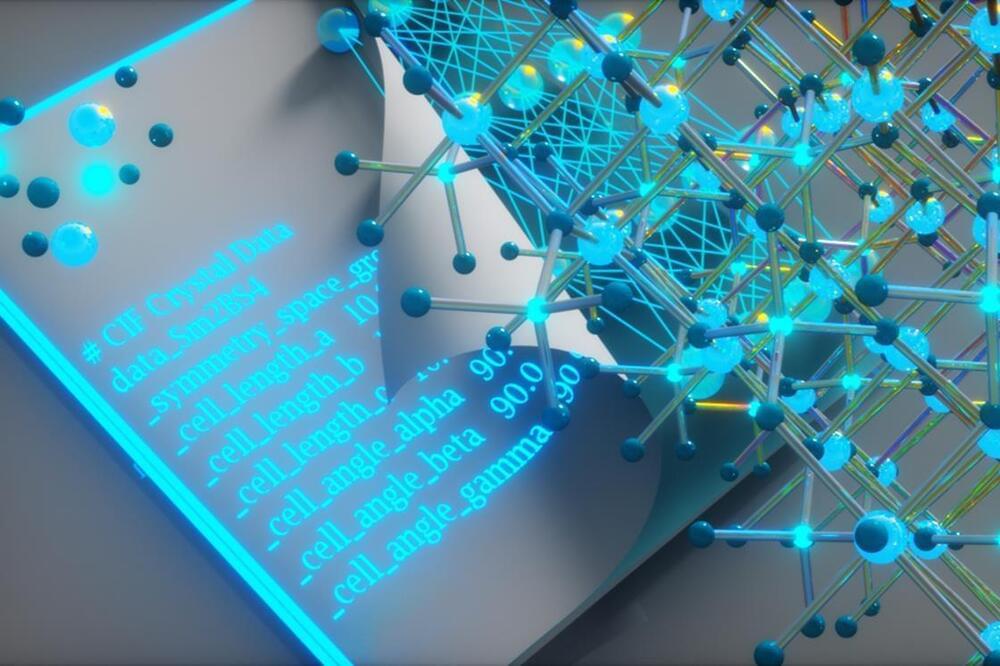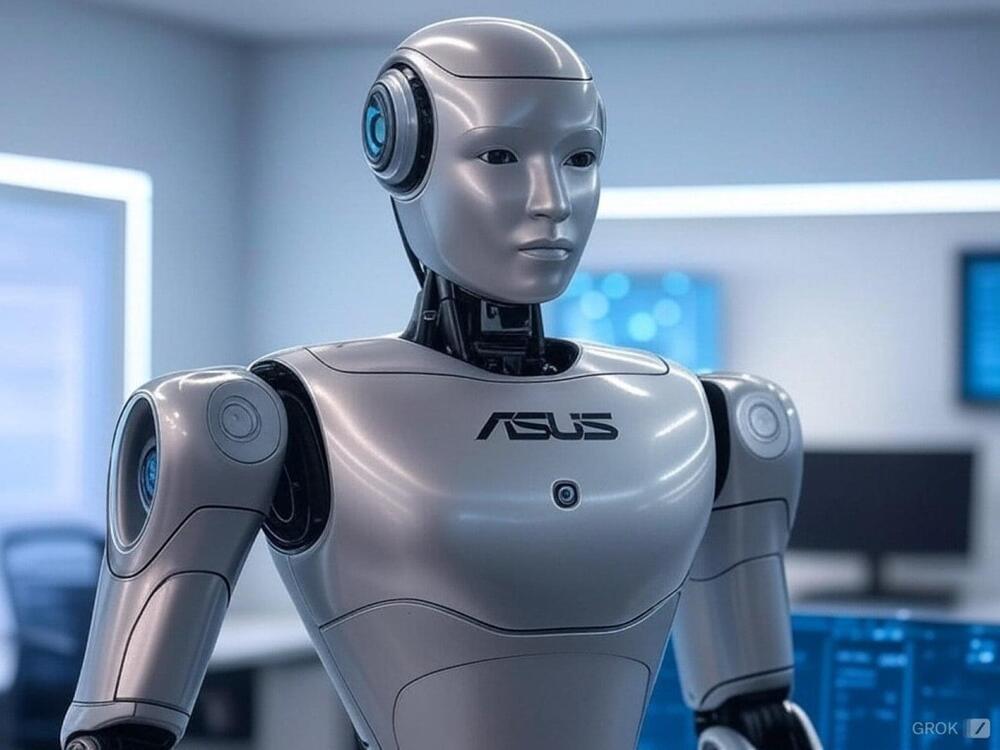Link :
Would you send your elementary-aged student to a school with no teachers? This school’s students are taught entirely by AI.

Have you ever wondered what hidden truths are being kept from you about the coming AI revolution? The rapid advancement of artificial intelligence is creating waves of change, but are there crucial aspects that the mainstream isn’t revealing? In this eye-opening video, we dive deep into the 10 things they’re not telling you about the future of AI. From secretive developments to potential societal impacts, this video will reveal the truth behind the hype and what you need to know to stay ahead.
We’ll explore the unspoken implications of AI advancements and how they might affect various industries and everyday life. Discover the hidden agendas and overlooked details that could shape the future of technology and its integration into our daily routines. Whether you’re an AI enthusiast, a tech professional, or simply curious about the future, this video provides essential insights you won’t want to miss.
The coming AI era is not just about technological advancements but also about the underlying narratives that influence public perception and policy decisions. Stay informed and prepared by understanding the full picture of what AI could mean for you and the world at large.
What are the hidden truths about the future of AI?How will the coming AI revolution affect us?What are the secrets behind artificial intelligence advancements?What are the unspoken implications of AI technology?This video will address all these questions. Make sure to watch until the end to get the complete story.
#ai.
#artificialintelligence.
#airevolution.
⭐️ Brand New Channel (Animated):

OpenAI on Thursday announced its first partnership with a higher education institution. Starting in February, Arizona State University will have full access to ChatGPT Enterprise and plans to use it for coursework, tutoring, research and more.
The partnership has been in the works for at least six months, when ASU Chief Information Officer Lev Gonick first visited OpenAI’s HQ, which was preceded by the university faculty and staff’s earlier use of ChatGPT and other artificial intelligence tools, Gonick told CNBC in an interview.
ChatGPT Enterprise, which debuted in August, is ChatGPT’s business tier and includes access to GPT-4 with no usage caps, performance that’s up to two times faster than previous versions and API credits.

This emerging technology report discusses Google Gemini as a multimodal generative AI tool and presents its revolutionary potential for future educational technology. It introduces Gemini and its features, including versatility in processing data from text, image, audio, and video inputs and generating diverse content types. This study discusses recent empirical studies, technology in practice, and the relationship between Gemini technology and the educational landscape. This report further explores Gemini’s relevance for future educational endeavors and practical applications in emerging technologies. Also, it discusses the significant challenges and ethical considerations that must be addressed to ensure its responsible and effective integration into the educational landscape.





